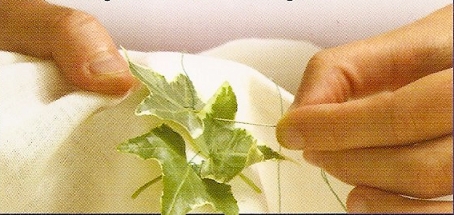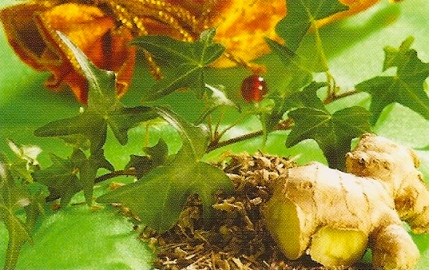“Leucothea’s themes are creativity, energy, communication, balance, harmony and change. Her symbols are bow and arrow, white items, milk and seawater. In Greek tradition, this woman gave birth to the centaurs [though there seems to be some conflict in that] and was a wet nurse to Dionysus. Her name translates as ‘milk-white-Goddess’, alluding to a strong maternal nature. In later times She became a sea Goddess, bearing the visage of a mermaid. Through this transformation we see the mingling of the spiritual nature (water) with that of the earth (half-human appearance) to create Sagittarius’s customary energies.
In astrology, Sagittarius is the centurion archer who represents a harmonious mingling of physical and spiritual living. Those born under this sign tend toward idealism, upbeat outlooks, and confidence. Like Leucothea, Saggitarians seem to have a strong drive for justice, especially for those people under their care.
To consume a bit of Leucothea’s maternal nature or invoke Her spiritual balance in your life, make sure to include milk or milk products in your diet today. Or, wear something white to figuratively don Her power.
For help with personal transformations, especially those that encourage personal comfort and tranquillity, soak in a nice, long saltwater or milk bath today. As you do, ask Leucothea to show you the right steps to take next.”
(Patricia Telesco, “365 Goddess: a daily guide to the magic and inspiration of the goddess”.)
“In Greek mythology, Leucothea (‘white Goddess’) was one of the aspects under which an ancient sea Goddess was recognized, in this case as a transformed nymph.
In the more familiar variant, Ino, the daughter of Cadmus, sister of Semele, and queen of Athamas, became a Goddess after Hera drove her insane as a punishment for caring for the newborn Dionysus. She leapt into the sea with her son Melicertes in her arms, and out of pity, the Hellenes asserted, the Olympian gods turned them both into sea-gods, transforming Melicertes into Palaemon, the patron of the Isthmian games, and Ino into Leucothea.
In the version sited at Rhodes, a much earlier mythic level is reflected in the genealogy: there, the woman who plunged into the sea and became Leucothea was Halia (‘of the sea’, a personification of the saltiness of the sea) whose parents were from the ancient generation, Thalassa and Pontus or Uranus. She was a local nymph and one of the aboriginal Telchines of the island.
Halia became Poseidon‘s wife and bore him Rhodos/Rhode and six sons; the sons were maddened by Aphrodite in retaliation for an impious affront, assaulted their sister and were confined beneath the Earth by Poseidon. Thus the Rhodians traced their mythic descent from Rhode and the Sun god Helios.
In the Odyssey (5.333 ff.) Leucothea makes a dramatic appearance as a gannet who tells the shipwrecked Odysseus to discard his cloak and raft and offers him a veil (kredemnon) to wind round himself to save his life and reach land. Homer makes Her the transfiguration of Ino. In Laconia, She has a sanctuary, where She answers people’s questions about dreams. This is Her form of the oracle.”
 In more modern works, Leucothea is mentioned by Robert Graves in The White Goddess.
In more modern works, Leucothea is mentioned by Robert Graves in The White Goddess.
In Ezra Pound‘s Cantos, She is one of the Goddess figures who comes to the poet’s aid in Section: Rock-Drill (Cantos 85–95). She is introduced in Canto 91 as “Cadmus’s daughter”:
As the sea-gull Κάδμου θυγάτηρ said to Odysseus
KADMOU THUGATER
“get rid of parap[h]ernalia”
She returns in Cantos 93 (‘Κάδμου θυγάτηρ’) and 95 (‘Κάδμου θυγάτηρ/ bringing light per diafana/ λευκὁς Λευκόθοε/ white foam, a sea-gull… ‘My bikini is worth yr/ raft’. Said Leucothae… Then Leucothea had pity,/’mortal once/ Who now is a sea-god…'”), and reappears at the beginning of Canto 96, the first of the Thrones section (‘Κρήδεμνον…/ κρήδεμνον…/ and the wave concealed her,/ dark mass of great water.’).
Leucothea appears twice in Dialoghi con Leucò (Dialogues with Leucò) by Cesare Pavese.
Leucothoé was the first work by the Irish playwright Isaac Bickerstaffe published in 1756.
A similar name is carried by two other characters in Greek mythology.
Leucothoë: a mortal princess, daughter of Orchamus and sister of Clytia, Leucothoë loved Apollo, who disguised himself as Leucothea’s mother to gain entrance to her chambers. Clytia, jealous of her sister because she wanted Apollo for herself, told Orchamus the truth, betraying her sister’s trust and confidence in her. Enraged, Orchamus ordered Leucothoë buried alive. Apollo refused to forgive Clytia for betraying his beloved, and a grievous Clytia wilted and slowly died. Apollo changed her into an incense plant, either heliotrope or sunflower, which follows the sun every day.
Leucothoë: one of the Nereids.” [1]
“The Etruscan Losna may well be comparable.” [2]
Now, concerning Ino, Patricia Monaghan tells us that Ino was the daughter of Harmonia, ‘she who makes sinewy’ and was originally a Goddess of orgiastic agricultural rites in pre-Helleinc Greece, to whom human victims apparently were sacraficed in a magical attempt to make rain fall as freely as blood on the soil. When later tribes brought their own pantheon into Ino’s realm, the religious conflict that ensued was recorded in the legend that Ino was a rival of the King’s wife Nephele. Ino brought on a famine and in punishment was pursued into the sea bearing Her son Melicertes. Both were then ‘transformed’ into sea deities by Greek legend” (p. 163).
Wow, I thought, how could this be? That seemed a bit of a stretch. However, going back and reading about Ino from Wikipedia, it states: “In historical times, a sisterhood of maenads of Thebes in the service of Dionysus traced their descent in the female line from Ino; we know this because an inscription at Magnesia on the Maeander summoned three maenads from Thebes, from the house of Ino, to direct the new mysteries of Dionysus at Magnesia.” [3] Ah…there it is – there’s the connection between the orgiastic agricultural rites Monaghan spoke of and the Dionysian Mysteries.
Sources:
Mlahanas.de, “Leucothea“.
Monaghan, Patricia. The New Book of Goddesses and Heroines, “Ino”.
Wikipedia, “Leucothea“.
Suggested Links:
Theoi.com, “INO LEUKOTHEA“.
Wikipedia, “Ino“.







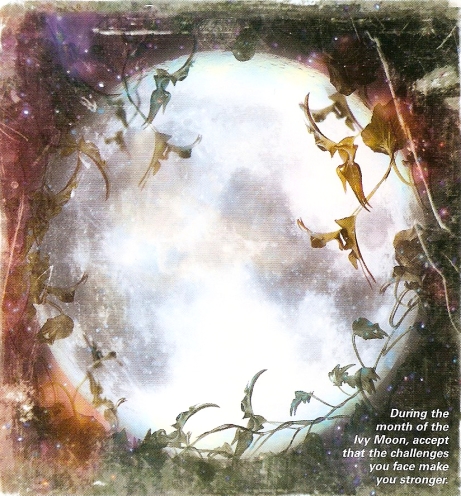
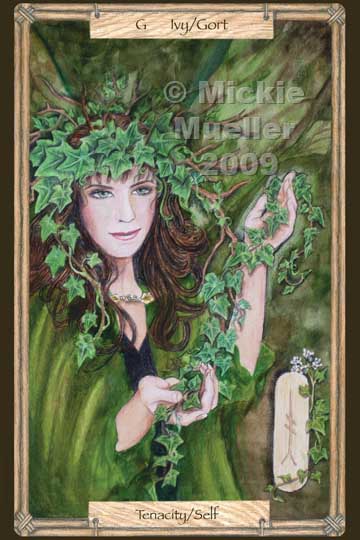
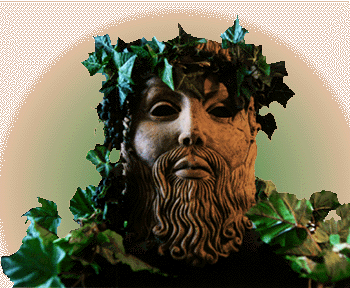
 You Will Need:
You Will Need:
